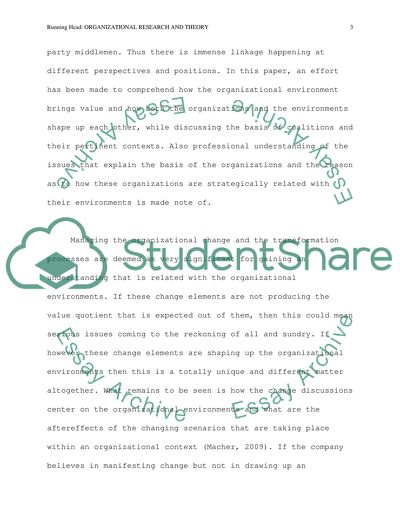Cite this document
(“Organizational Research and Theory Paper Example | Topics and Well Written Essays - 2500 words - 1”, n.d.)
Retrieved from https://studentshare.org/family-consumer-science/1417945-organizational-research-and-theory
Retrieved from https://studentshare.org/family-consumer-science/1417945-organizational-research-and-theory
(Organizational Research and Theory Paper Example | Topics and Well Written Essays - 2500 Words - 1)
https://studentshare.org/family-consumer-science/1417945-organizational-research-and-theory.
https://studentshare.org/family-consumer-science/1417945-organizational-research-and-theory.
“Organizational Research and Theory Paper Example | Topics and Well Written Essays - 2500 Words - 1”, n.d. https://studentshare.org/family-consumer-science/1417945-organizational-research-and-theory.


